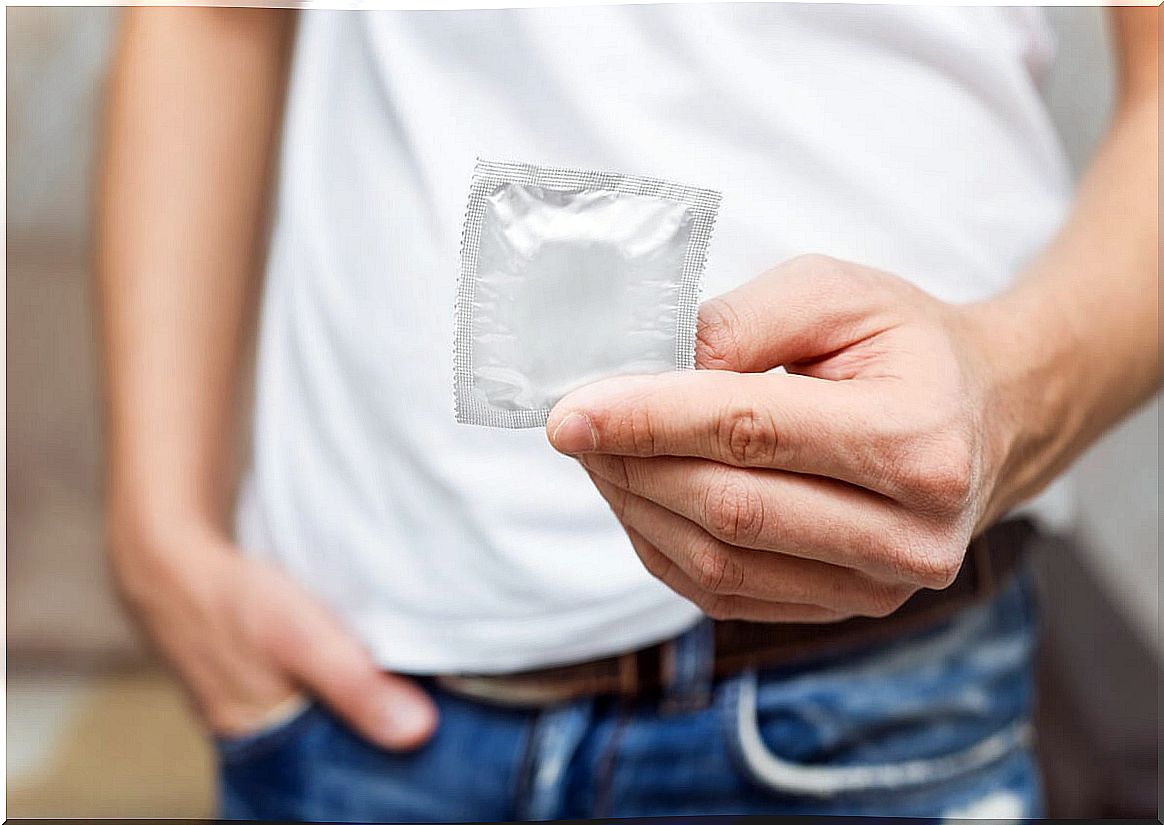Can You Get Gonorrhea From A Kiss?
The figures for global and annual infections of sexually transmitted infections leave us a more than clear concept: it is necessary to raise awareness about this type of pathology. Therefore, today we ask you the following question: can you spread gonorrhea with a kiss?
The World Health Organization (WHO) estimates that more than one million people contract a sexually transmitted infection (STI) every day. Among the most common are chlamydia, gonorrhea, syphilis, and trichomoniasis. Only these three add up to a total of 376 million patients annually.
What is Gonorrhea?
Understanding the causative agent is the first step in answering any questions about a disease. We are dealing with the bacterium Neisseria gonorrhoeae , a gram negative diplococcus of one micrometer in diameter that invades the mucous membranes of the genitourinary tract.
The Pan American Health Organization (PAHO) gives us a series of highly relevant data regarding this infectious disease. Some of them are the following:
- An estimated 106 million cases of gonorrhea occur each year worldwide.
- Currently there are about 19 infected patients per 1000 women and 24 infected patients per 1000 men.
- 0.8% of women and 0.6% of men worldwide, between the ages of 15 and 49, have gonorrhea. Many of them don’t know.
As we can see, the global impact is not negligible. In addition, gonorrhea is the most resistant to antibiotics among all STIs.

Can you get gonorrhea from a kiss?
As indicated by the SCIELO scientific portal, gonococci infect the mucous membranes of the genital tract, rectum and pharynx, depending on sexual practices. This causes itching, painful urination, and pus-like discharge. It should be noted that the symptoms vary according to the affected area.
For this reason, the main routes of contagion are those that allow the new patient to come into direct contact with semen, pre-ejaculatory fluid or an infected area of the sick person. That is, oral, anal or vaginal sex.
Thus, gonorrhea cannot be spread by casual contact such as a kiss. Nor is the pathogen spread when sharing drinks, food, glasses, after hugging or exposure to sputum and coughs of the patient. Bacteria are found in the mucous membranes of the individual’s genitourinary tract and not in their saliva.
Unfortunately, gonorrhea can be passed from mother to infant when the infant passes through the birth canal. It is a form of so-called vertical dissemination and one of its main complications is neonatal ophthalmia, capable of leading to blindness.
How to know if I have gonorrhea
The Centers for Disease Control and Prevention (CDC) give us certain parameters that indicate the presence of gonorrhea in men. These are as follows:
- Burning sensation when urinating.
- White or yellowish pus-like liquid discharge from the penis.
- Localized pain and swelling in the testicles, although this clinical sign is less common.
On the other hand, the Mayo Clinic and other sources already cited collect symptoms in women. Among them we find the following:
- Increased vaginal discharge.
- Pain when urinating
- Vaginal bleeding between periods.
- Abdominal or pelvic pain
However, it should be noted that most women have no symptoms. In addition, those that do tend to have very mild signs that can be confused with other pathologies. This is one of the reasons why, unfortunately, the disease is so prevalent in the world: by not becoming evident, there are people who decide not to use protection.
On the other hand, it is also essential to remember that we are not facing a pathology that should be ignored due to the general mildness of its symptoms. Untreated gonorrhea has serious consequences, including:
- Infertility: both men and women can become infertile if the bacteria enter areas of the reproductive system linked to the production of gametes.
- Spread to other organs: if the pathogen multiplies uncontrollably, it can enter the bloodstream and invade other organs. In this case, the clinical picture is complicated.
- Higher risk of getting HIV: People who have both gonorrhea and HIV can pass both diseases more easily to their sexual partners.

How do I avoid getting gonorrhea?
The answer is clear: using condoms, latex dental dams and taking exceptional hygiene measures in sporadic sexual encounters. Using a condom is always the best option. Prevention is better than cure.
As you may have read in previous lines, infecting gonorrhea cannot be done with kisses or hugs or eating from the same plate as a sick person. Contact with the seminal fluid, vaginal discharge or mucous membranes of the genitourinary tract of an infected patient must strictly occur.
This is not to say that you don’t have to take action. For example, oral sex is a very common method of transmission, since people tend to ignore protection in these acts due to the zero risk of pregnancy. This is a serious mistake and can lead to an STI.









